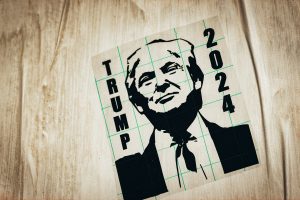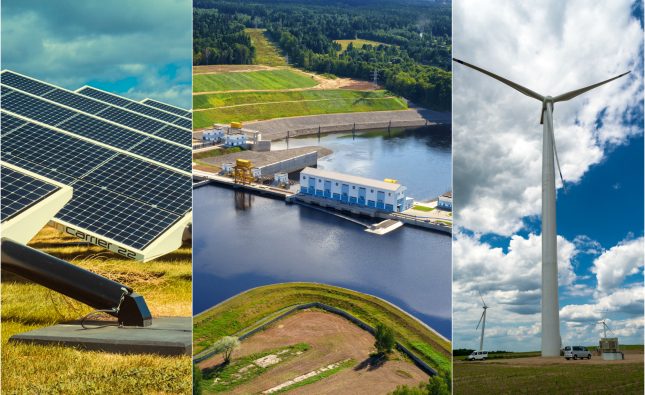
Introduction
The “Donald Trump show” has captivated the world, offering a unique blend of theatricality, controversy, and unpredictability. At the heart of this spectacle lies an intriguing question: Does the chaos that seems to surround Trump’s political persona ultimately help or hinder his impact and legacy? In this article, we delve into the captivating dynamics of the “Trump show” and examine the complex interplay between chaos, politics, and public perception.

The Trump Show Unveiled: Chaos as a Pervasive Element
The “Donald Trump show” has consistently defied conventional political norms, embracing chaos as a central element of its narrative. From provocative tweets to unscripted speeches, the showmanship of chaos has propelled Trump into the global spotlight. This calculated chaos has the power to captivate audiences, fuel media attention, and generate fervent debates, often overshadowing traditional political discourse.
Perception and Appeal: Chaos’s Role in the Trump Phenomenon
Chaos within the “Trump show” has, at times, been instrumental in shaping perceptions and galvanizing support. For some, the chaotic narrative represents an unfiltered and unconventional approach to governance—a departure from the political establishment. This perception resonates with segments of the population disillusioned by traditional politics, contributing to Trump’s appeal as a disruptor and an agent of change. However, chaos’s appeal is not uniform. Critics argue that its unpredictable nature undermines stability, erodes trust in institutions, and fuels division. The dual-edged nature of chaos underscores its role as both a rallying point and a polarizing force.
Political Impact: The Dual Nature of Chaos in Governance
The impact of chaos on governance is a nuanced terrain. While chaos can inject dynamism and urgency into policy discussions, it also introduces uncertainty and challenges the predictability needed for effective decision-making. The “Trump show” offers a case study in how chaos can influence policy agendas, negotiations, and international relations. The renegotiation of trade deals, diplomatic overtures, and domestic policy initiatives often unfolded amidst chaos, sparking debates about the efficacy of such an approach. Furthermore, the intersection of chaos and political polarization amplifies divisions, contributing to a climate of hyper-partisanship that complicates legislative progress and unity.
Future Prospects: The Enduring Legacy of the Trump Show
The enduring legacy of the “Trump show” hinges on the long-term impact of its chaotic elements. Supporters argue that chaos was a necessary catalyst for challenging the status quo and fostering a greater sense of political engagement. Detractors contend that the show’s chaotic nature damaged democratic norms, weakened institutions, and left lasting divisions in its wake. As the political landscape evolves, the question remains: Will the chaos of the “Trump show” be remembered as a disruptive force that reshaped politics or as a cautionary tale of the perils of unpredictability? The answer lies in the narrative that emerges from the years following the show’s climax.
Conclusion
The “Donald Trump show” is a captivating spectacle that has brought chaos to the forefront of political discourse. Its impact on politics, perception, and policy is undeniable, with both positive and negative implications. As the legacy of the show continues to unfold, the interplay between chaos, governance, and public sentiment will shape the narrative surrounding this remarkable chapter in political history.










